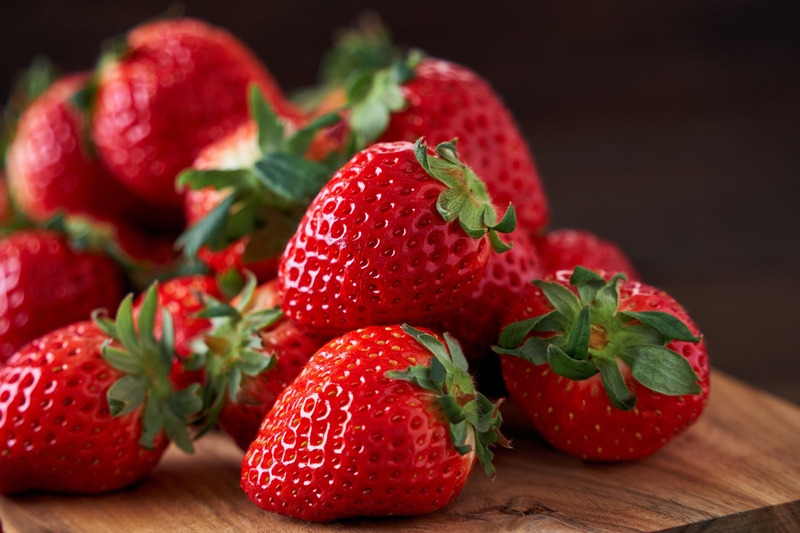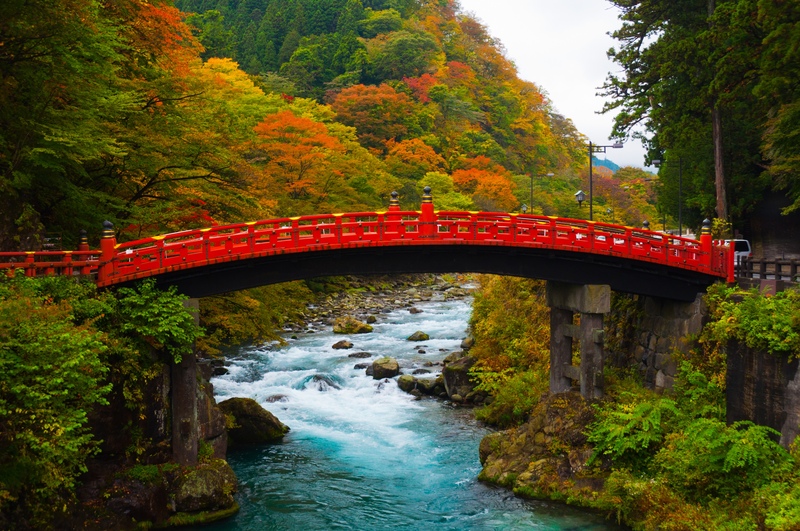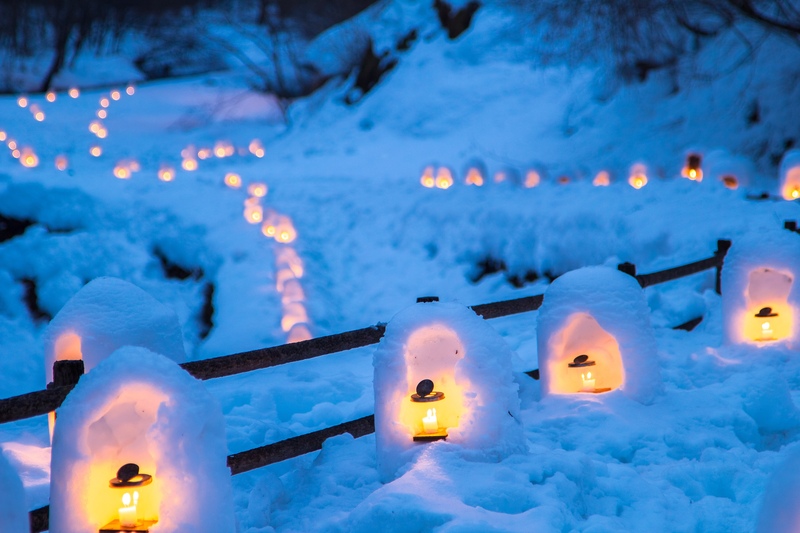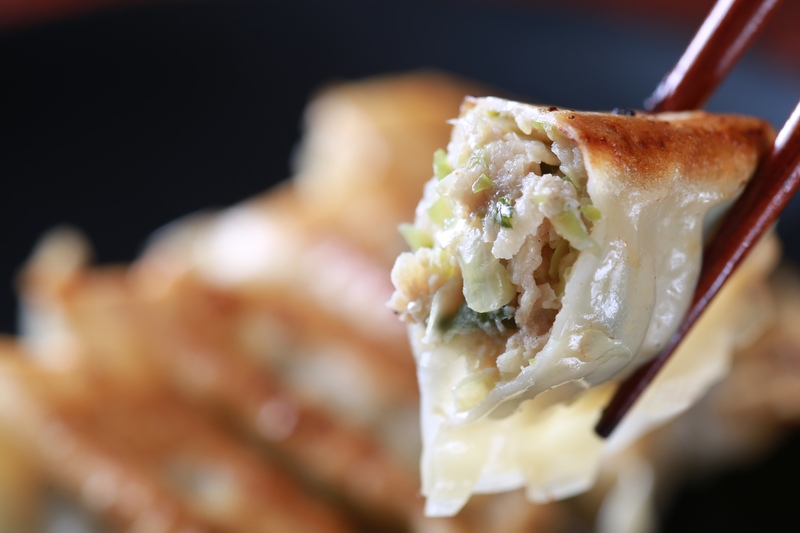What is Nikko National Park?
Nikko National Park is an expansive natural park that spans across Tochigi Prefecture, Gunma Prefecture, Fukushima Prefecture, and Niigata Prefecture.
Covering an area of approximately 1,140 square kilometers, it features iconic scenic spots representative of Japan, such as the World Heritage "Shrines and Temples of Nikko," Kegon Falls, Lake Chuzenji, and Senjogahara.
You can enjoy beautiful landscapes throughout the seasons, with stunning views in spring's fresh greenery, summer's cool retreats, autumn's colorful foliage, and winter's snowy landscapes. No matter the season, breathtaking views abound.
This article will delve into the charms of Nikko National Park, recommend spots to visit, and provide access information!

The Charms of Nikko National Park
1. World Heritage "Shrines and Temples of Nikko" and Historical Buildings
Within Nikko National Park, you can find the "Shrines and Temples of Nikko," registered as a World Heritage Site in 1999.
This area is home to historically significant buildings, including the Nikko Toshogu Shrine, Futarasan Shrine, and Rinnoji Temple.
① Nikko Toshogu Shrine
- A lavish shrine dedicated to Tokugawa Ieyasu
- Famous for the carvings of the "Three Wise Monkeys" and the "Sleeping Cat"
- Features like the Five-Story Pagoda and Yomeimon Gate offer plenty to see
② Futarasan Shrine
- A power spot for matchmaking and romance blessings
- Famous among couples for its giant sacred tree and "Married Couple Cedars" within the grounds
③ Rinnoji Temple
- A Tendai sect temple with over 1,200 years of history
- Learn about the history related to the Tokugawa family
2. Stunning Natural Scenery
Nikko National Park boasts numerous breathtaking spots created by magnificent nature.
① Kegon Falls
- One of Japan's three famous waterfalls, standing at 97 meters tall
- Offers seasonal beauty, especially the impressive winter "icefall"
② Lake Chuzenji
- Japan's highest lake at an elevation of 1,269 meters
- A resort spot where you can enjoy sightseeing cruises and canoeing
③ Senjogahara
- A marshland area at an altitude of 1,400 meters
- Ideal for trekking and bird watching
④ Ryuzu Falls
- Named for its resemblance to a "dragon's head"
- Especially beautiful during the autumn foliage season
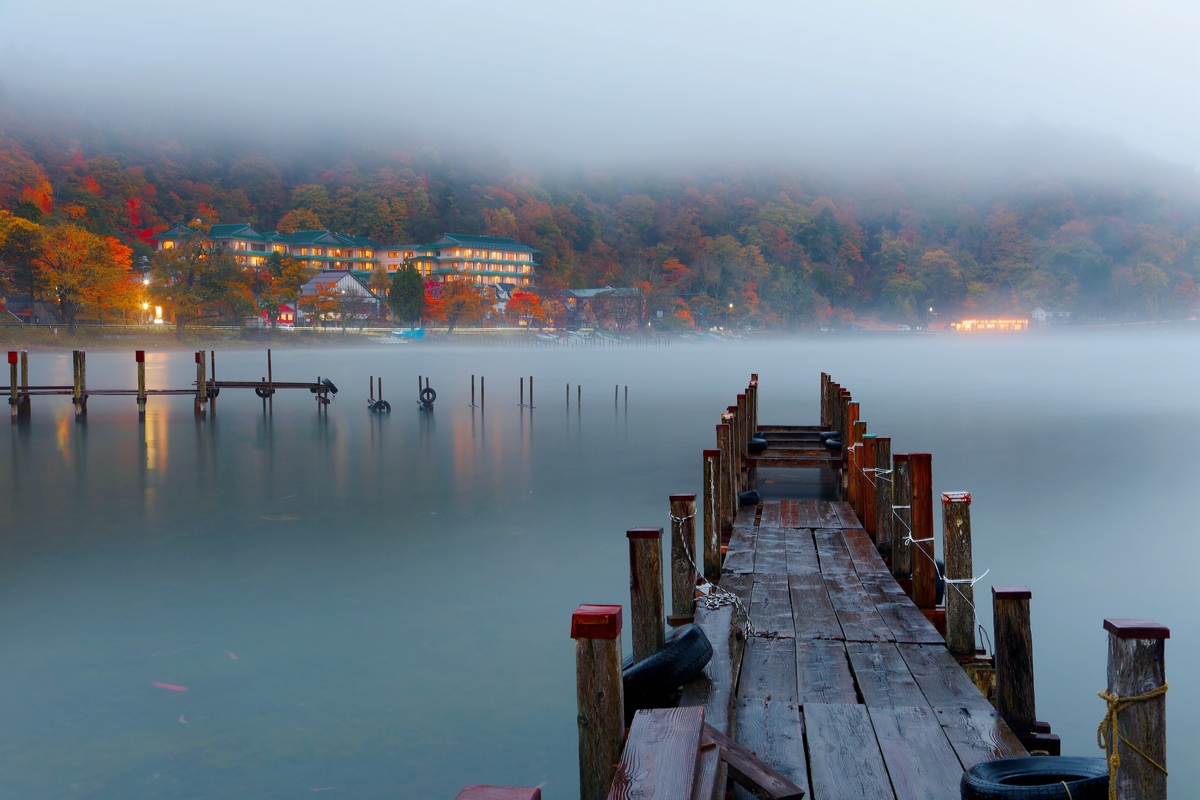
3. Enjoy the Beauty of Each Season
Nikko National Park offers different charms depending on the season.
① Spring (March to May)
- A season adorned with blooming cherry blossoms and azaleas, and lush greenery
- Perfect for sightseeing cruises and hiking
② Summer (June to August)
- Popular as a summer retreat with its cool climate
- Experience a refreshing summer at Lake Chuzenji and Kegon Falls
③ Autumn (September to November)
- One of Japan's top spots for autumn foliage!
- Peak foliage season is from mid-October to early November
④ Winter (December to February)
- Enchanting snowy landscapes and frozen waterfalls
- A season to also enjoy hot springs
4. Enjoy Outdoor Activities
Nikko National Park offers a variety of activities, including hiking, mountain climbing, camping, and hot springs.
✅ Trekking Courses (Beginner-Friendly)
- Senjogahara Hiking Course (Approx. 2 hours): A scenic course through marshlands
- Ryuzu Falls to Yudaki Falls Course (Approx. 3 hours): A route featuring waterfalls and lakes
✅ Mountain Climbing (For Advanced Climbers)
- Mount Nantai (Elevation 2,486m): A sacred mountain representative of Nikko, popular with climbers
✅ Hot Springs (For Relaxation)
- Nikko Yumoto Onsen: A hot spring area known for its skin-beautifying waters

Useful Information for Travelers
Access Information (How to Get to Nikko from Tokyo)
By Train
- From Tokyo: About 2 hours by Tobu Limited Express Spacia
- From Utsunomiya: About 40 minutes to Nikko Station via JR Nikko Line
By Car
- From Tokyo: About 2 hours via Tohoku Expressway → Nikko Utsunomiya Road "Kiyotaki IC"
Wi-Fi Information
- Free Wi-Fi available around Nikko Station and at tourist information centers
- Signal strength may be weak in mountainous areas within the park, so it’s advisable to download maps in advance
Language Support
- Tourist information centers provide pamphlets in English, Chinese, and Korean
- Major tourist sites have multilingual information boards
Summary and Frequently Asked Questions
Nikko National Park is a special place where World Heritage and stunning natural landscapes coexist.
You can enjoy the scenery of each season, with historical buildings, waterfalls, lakes, hot springs, and hiking offering various ways to enjoy your visit.
It is easily accessible from Tokyo, making it ideal for a day trip!
Frequently Asked Questions
Q: What is the best season to visit Nikko National Park?
A: The autumn foliage season (October to November) is particularly popular, but spring and summer are also enjoyable!
Q: Where is convenient to stay?
A: The area around Lake Chuzenji and Nikko Onsen has plenty of accommodation options.
Q: Can you eat within the park?
A: There are numerous restaurants and cafes located in Nikko City and around Lake Chuzenji.
Q: Which tourist spots are recommended?
A: The World Heritage Nikko Toshogu Shrine, Kegon Falls, Lake Chuzenji, and Senjogahara are particularly popular.
Experience the grand nature and history of Nikko National Park for yourself!
![[Nikko National Park] A treasure trove of world heritage sites and stunning views! Enjoy nature throughout the four seasons [Nikko National Park] A treasure trove of world heritage sites and stunning views! Enjoy nature throughout the four seasons](https://cdn.jeepe.jp/uploads/public_image/image/1938/normal_f0d87e53-3568-4f18-8eae-f4501e392abb.jpg)





